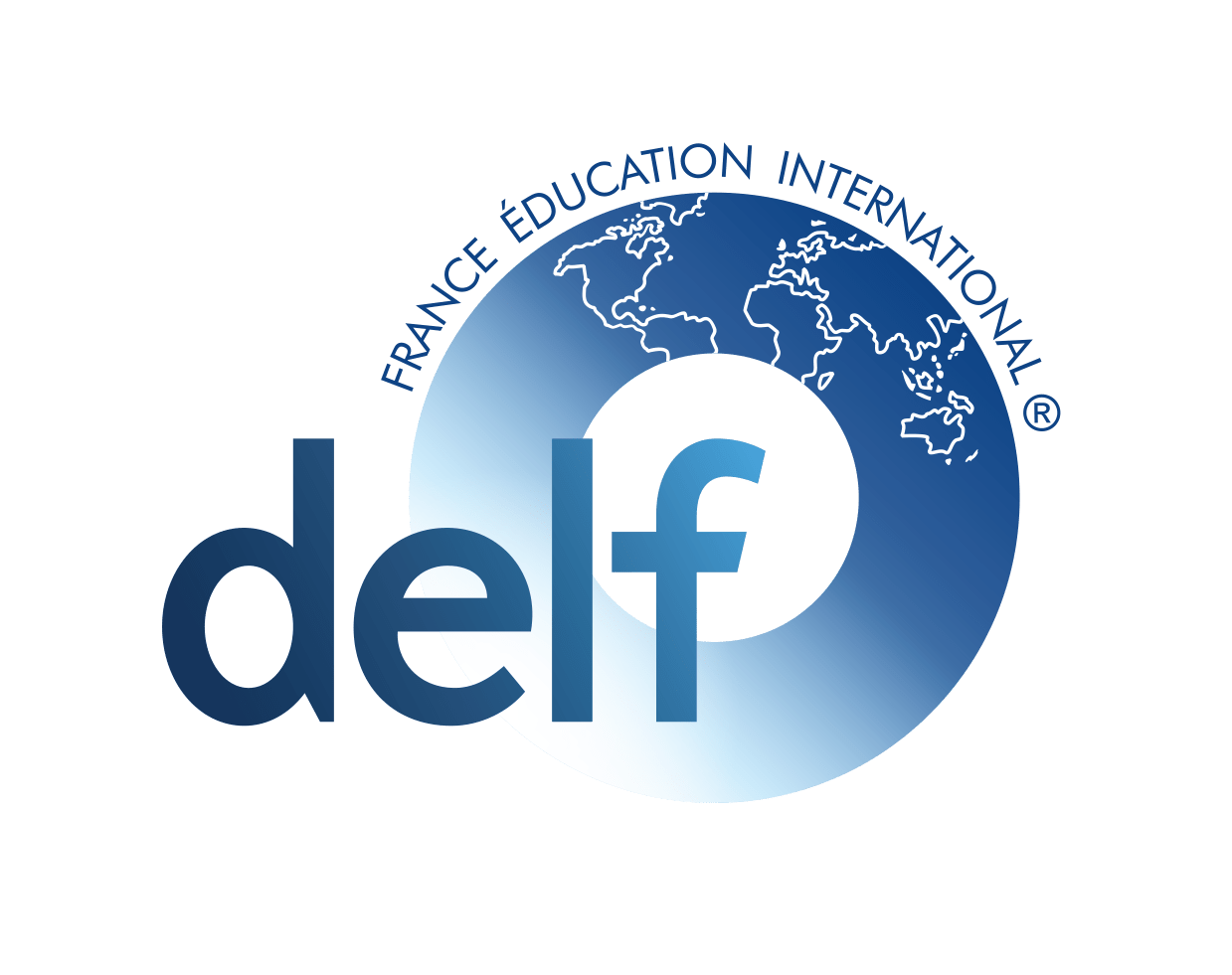Corner “I want to know more”
A space to attend to the diversity of the classroom.
The early childhood education stage welcomes children during the first years of their schooling. This first school section is a period of vital importance for the integral development of the student, and it is during this first moment that our students begin to be autonomous and independent little people who learn to function and establish the first social relationships among equals outside the family environment. . All this makes it easier for them to gradually face their first learning in a more school environment.
The diversity of learning that we can find in the classroom in these early years is very wide since the components of the group-class can have an age difference of almost one year. Being able to find within the same class students born in the first months of the year, that is, January or February with children born at the end of the year, November or December. This data makes us take into account during our stage the difference in maturation and therefore the different learning processes that our students face depending on their maturity and needs. The difference in interests and the learning process in which the little ones find themselves can be very different in the first years of schooling.
He has always taken care of those children who needed encouragement, reinforcement and who found it difficult to face new learning, but… what about those students who are very talented, have different interests and who clearly from an early age can see potential children of being able to have high capacities? ?
At our school we care about each other and it is for this reason that we have integrated into our learning space within the Early Years classrooms, a place called: The “I want to know more” corner.
The “I want to know more” corner wants to give room and space to these children who seek to know more, who are more precocious on an intellectual level and show very specific interests that may not fully conform to the standard interests of their chronological age.
This space facilitates access to new and challenging activities that keep children with concerns and potentialities at a suitable point of challenge, allowing them to explore, investigate, letting them develop their creativity and their innate concern to investigate. It is a place that provokes curiosity and many of our students choose it to satisfy their curiosity to know more. It is not mandatory and is an optional corner for the enjoyment of all children interested in advancing their own learning process.
This space is integrated into the classroom methodology as one more space, as you know our students develop throughout the school day through the different learning corners where skills are enhanced and knowledge is acquired. Thus, in this simple way, we have integrated this small enrichment program into the classroom to be able to serve children with high potential, taking into account their interests and motivations, both individually and in a cooperative group.
In the I want to know more corner we work around three areas of knowledge:
- Visuospatial area:
- Games and activities to calculate longitudinal distances, having to calculate the measure, with different units of measure, it can be a ruler, palms, feet, or any other object that serves as a unit. We will do the same with units of capacity and mass.
- Games or activities to work on concept maps using a pair of dice with images of concepts on their faces, which when thrown result in two concepts. The child must relate them and elaborate a proposition based on these two images, forming an affirmation. Example: Sun-light and heat. The sun gives us light and heat. Memory games and lottos, looking for pairs of concepts that are related, turning over cards or cards in the fewest number of attempts. The child has to elaborate an affirmation proposal with the two concepts that make sense. Example: Image of a chair with an image of a child. The child sits on the chair. Another game will be the conceptual spider web. Each child will draw a concept, and with the wool it will be related to other concepts creating a human web. It will be necessary to unite the concepts with propositions, cross links can be created.
- Solving small simple mathematical problems. We will work on addition and subtraction in a manipulative and visual way. Juan has three chickens and Pedro has 4 chickens. How many do they have together?
- Puzzle and tamgram
- Mathematical logical area:
- Double entry boards: Attending to color and shape, geometric figures,
- Copy patterns and designs with colored ice cream sticks, number patterns, patterns with Lego,… Create new patterns, serializations, and assembly of cubes.
- Attention area:
- Associations and differences
- The intruder games, the card maze, dominoes, lottery, the world pairs deck, and the lottery will allow them to make visual associations and work attention in a way that allows them to make visual associations
- Letter soup.
- Difficulty resolution area:
- Sudoku,
- Improvised dramas
- Treasure hunts
The teacher is a mere guide and counselor. It seeks to adapt this space to the needs of students interested in it, developing and designing eye-catching activities and materials, which allow them to delve into content, favoring a pleasant climate among them that allows establishing positive relationships and fostering respect among stakeholders, looking for different groupings. to encourage learning.
In short, this space in the “I want to know more” Corner is a measure designed to adapt the teaching-learning process to the characteristics of students with the possibility of having high capacities, seeking improvement through deepening the marked contents. according to the corresponding age and taking into account the interests and motivations of the students.
In our school it is a favorite place for many of our students.
Julia Garcia Moran
Early Years Coordinator

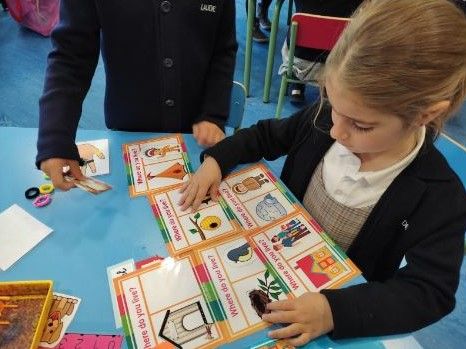
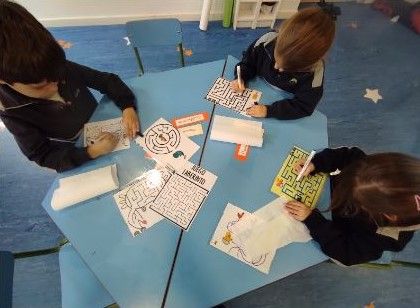
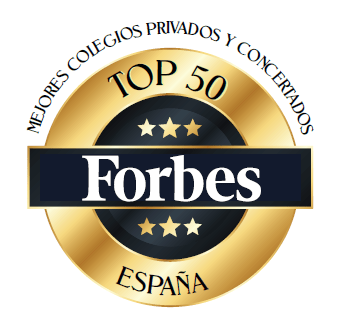
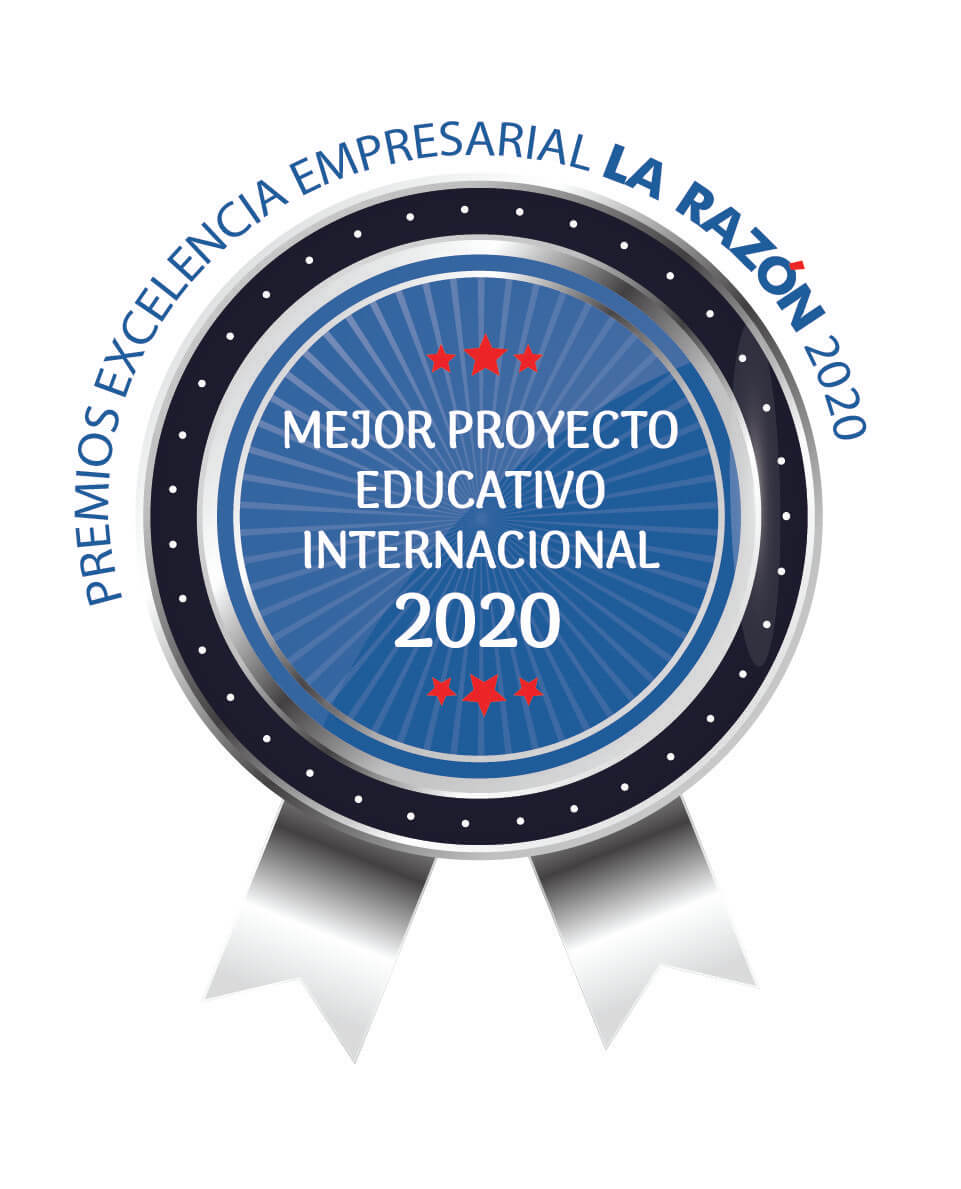




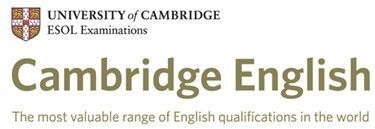


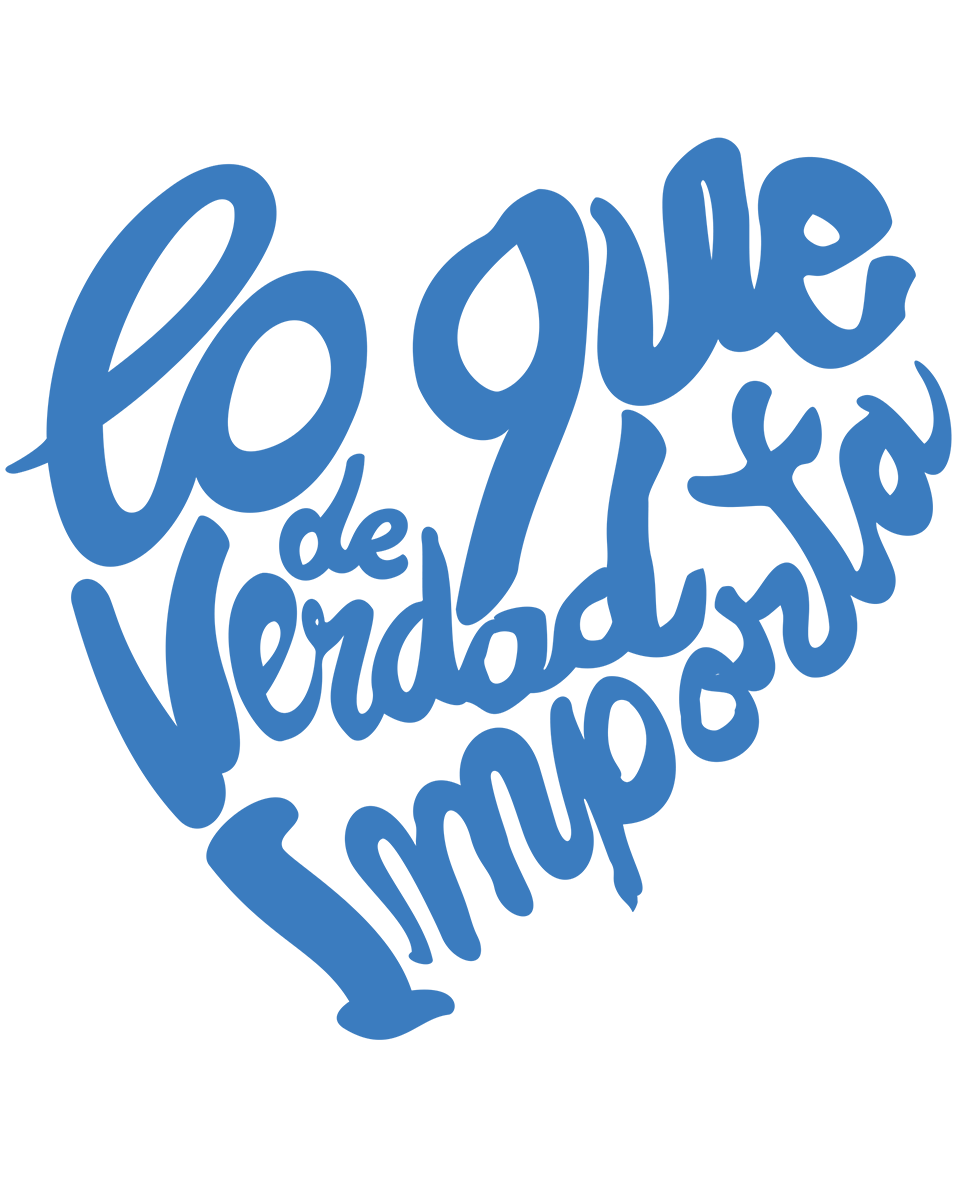
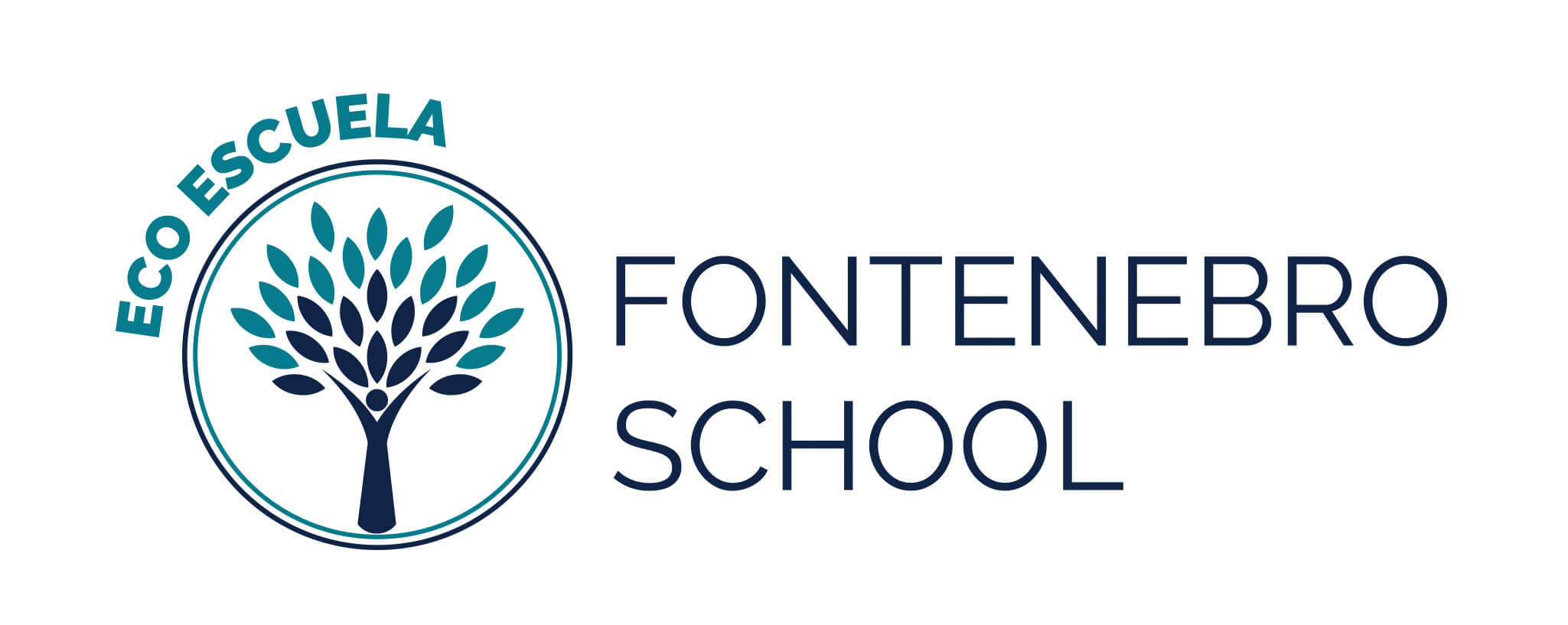
![BAPParentLogo[5]](https://fontenebroschool.com/wp-content/uploads/2020/09/BAPParentLogo5.png)
